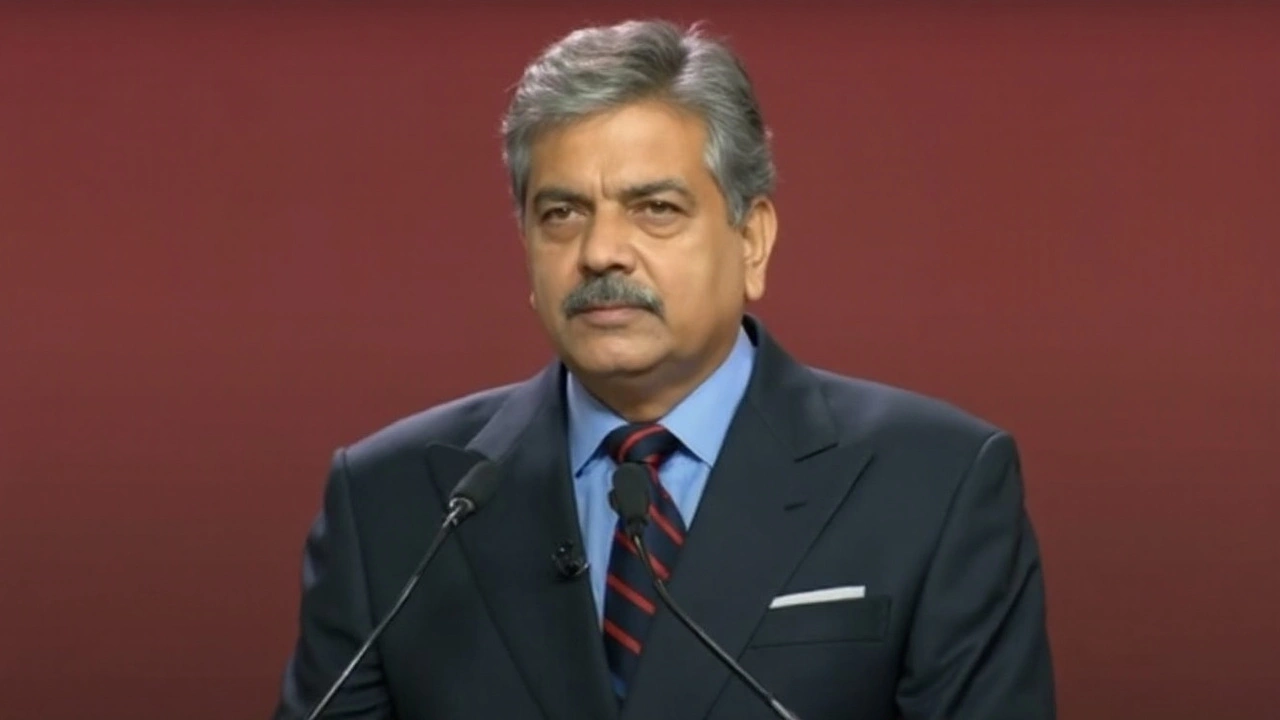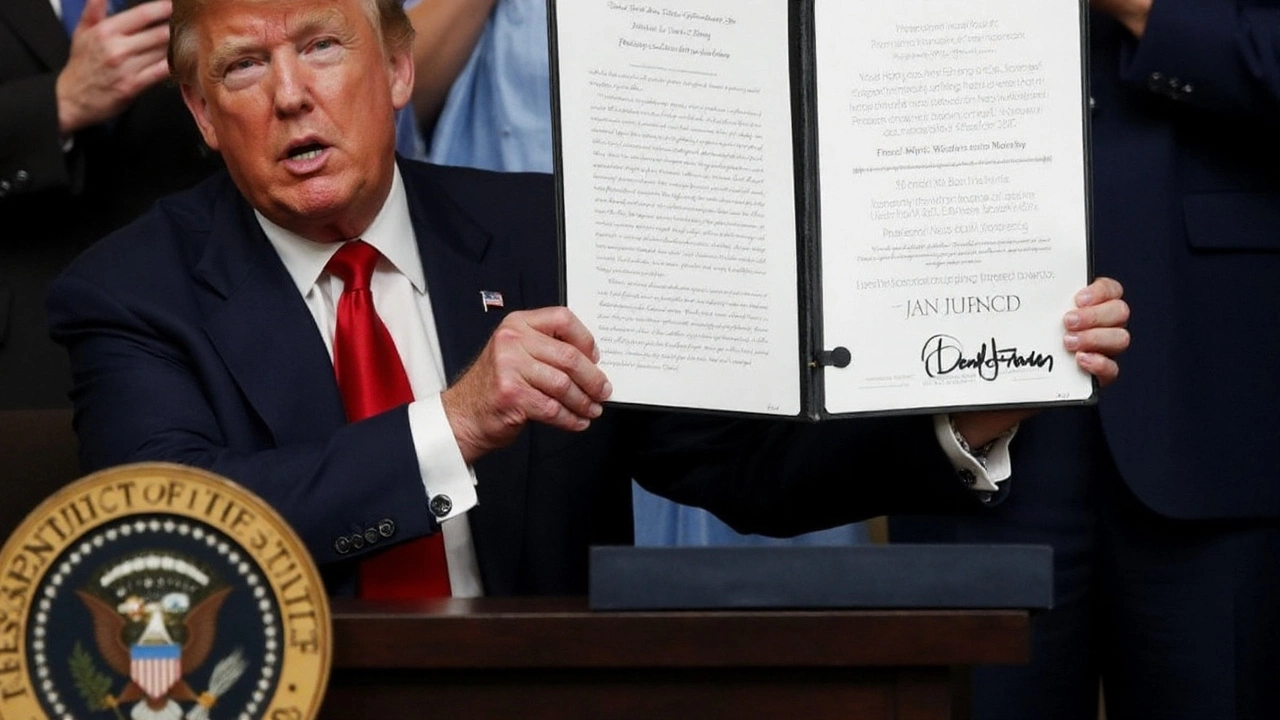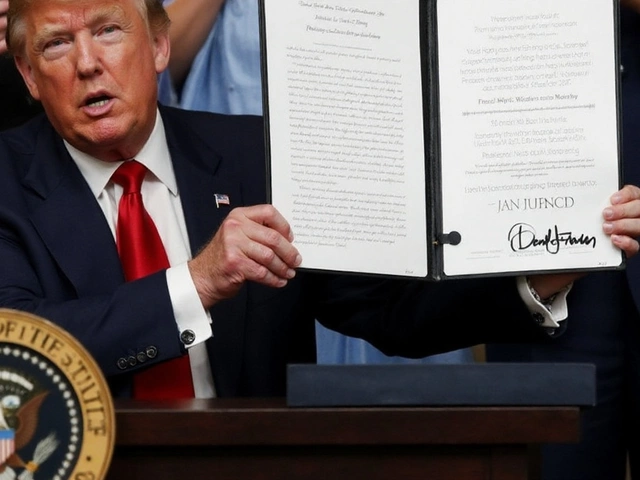US Doubles Down With 50% Tariff on Indian Goods
The United States just slapped India with the world’s steepest import tariff—an eye-watering 50% tariff—and it kicks in less than a month from now. The announcement, issued 21 days after an official August 6 order, is sending shockwaves through Washington, Delhi, and global markets. This tariff piles an extra 25% levy on top of existing 25% duties for Indian products landing on US shores. But what’s really lighting the fuse? American officials are calling out India’s ongoing oil imports from Russia, claiming it’s a threat to US national security and foreign policy interests.
This policy doesn’t just sting Indian exporters. It covers a huge range of goods—everything from spices and carpets to textiles and auto parts. Any Indian shipment that hasn’t hit US soil or cleared customs by September 17 will face these charges. In practice, only those shipments already in transit with a clear path by that date get a break.

Who Else Gets Hit—And Who Catches a Break?
India isn’t alone, but it’s definitely taking the hardest hit. Brazil joins India at the 50% mark, while Syria (41%), Laos and Myanmar (40% each), Switzerland (39%), Canada, Serbia, and Iraq (35% each), and China (30%) trail behind. Even China—a longtime target in US trade fights—faces less pain than India and Brazil.
Meanwhile, India’s neighbors like Bangladesh and Sri Lanka sit at 20%, and allies like Japan, South Korea, and the European Union escape with a much lighter 15% tariff thanks to existing agreements. In one slap, India has gone from favored US trading partner to public trade rival.
The move stirs old wounds and new anxiety in diplomatic circles. When asked, Bahujan Samaj Party’s Mayawati blasted the US, accusing Washington of punishing India like it would an adversary, even though both countries are BRICS members and supposedly friends. Indian government officials wasted no words, branding the tariffs ‘unjust, unfair, and irrational’—the diplomatic code for “we’re fuming.”
Beneath the surface, the real drama will hit at home—in the wallets of ordinary people. Yale Budget Lab, one of the more reliable US economic research arms, says the country is now looking at an average effective tariff rate of 18.6%—levels that haven’t been seen since America’s trade walls in the Great Depression. Their latest estimates show the typical household in the US could lose about $2,400 in income next year just because of pricier imports. Think you can shop your way out of it? Not so fast—price tags on clothing and textiles are expected to shoot up by about 37-39% practically overnight, and even after the dust settles, expect to pay at least 18-19% more for things like shoes and shirts.
Washington insiders argue these tariffs are necessary to put pressure on countries like India and Brazil, who, in the eyes of American policymakers, aren’t playing fair—especially with their oil deals in Russia. But for families on both sides of the ocean, trade fights aren’t about politics. They’re about price hikes, lost jobs, angry voters, and a new round of uncertainty about what the global economy will look like when the dust finally settles.
- Indian and Brazilian goods face the world’s harshest US tariffs at 50%.
- Tariffs target a wide swath of everyday items, not just luxury goods.
- Lower rates go to longtime US allies and regional neighbors with trade pacts.
- Consumers could see sharp jumps in prices, particularly for clothes, textiles, and shoes.
With the clock ticking and exemptions expiring by mid-September, Indian exporters are scrambling, US importers are bracing for higher costs, and political tensions are rising fast. Everyone from fashion retailers to small trading businesses is watching closely—and for now, chaos seems more likely than compromise.






